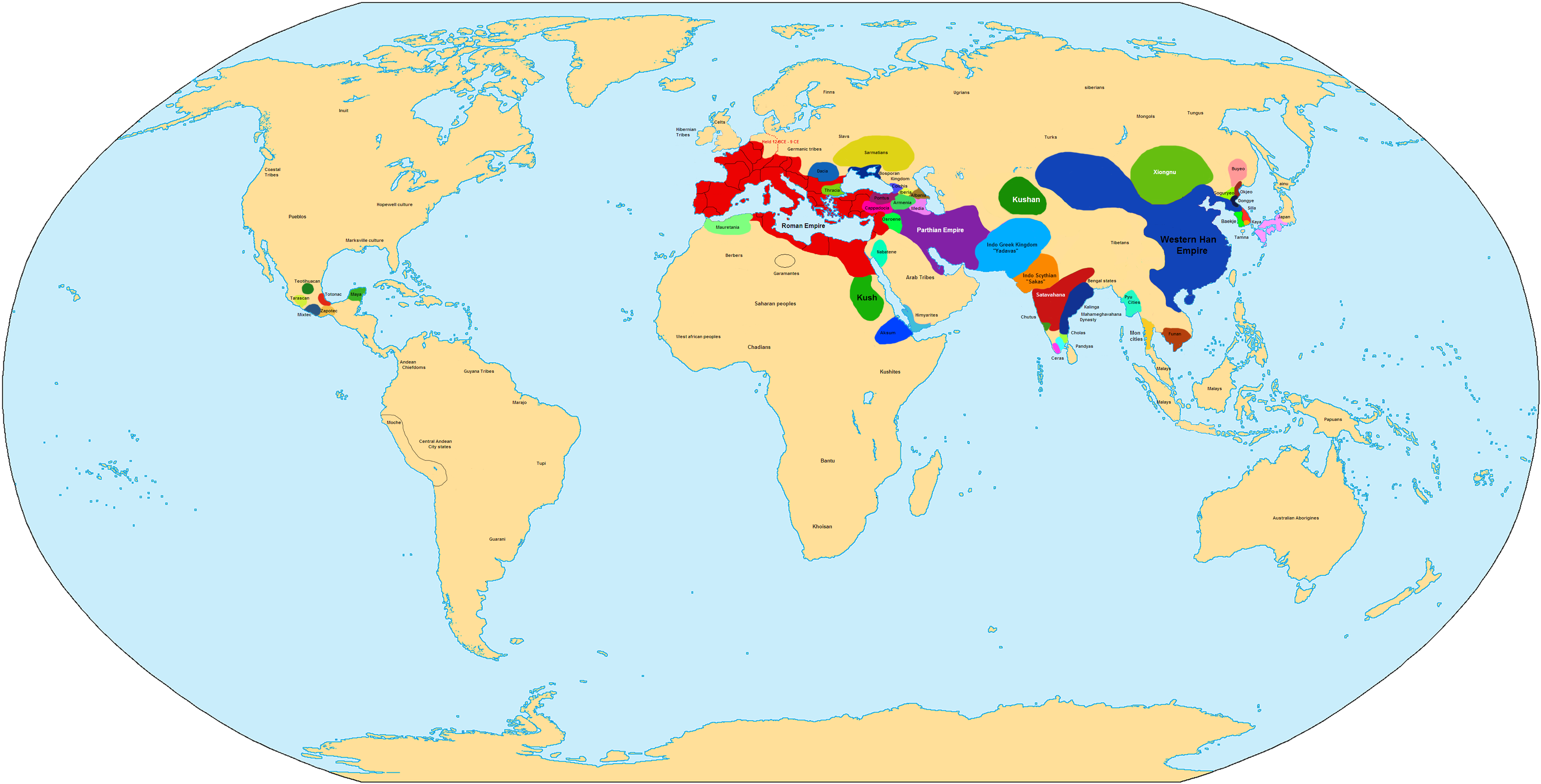|
Mohamed Bahaa Eldin
Mohamed Bahaa Eldin is an Egyptian civil engineer and politician who served as minister of water and irrigation from 2 August 2012 to July 2013 as part of the Qandil cabinet. Early life and education Eldin was born on 26 July 1947. He received a bachelor's degree in civil engineering from Ain Shams University in 1970. He holds a master's degree, which he obtained from the University of Southampton in 1980, and a PhD in civil engineering that he earned from the same university in 1986. Career Eldin worked at the ministry of water resources and irrigationas throughout his career. He started his career as secretary general of the national water research center in 1992 and served there until 1994. From 1995 to 2001, he worked as the director of the hydraulics research institute. Then he was named as the head of the planning sector, and served for one year from 2001 to 2002. In 2007, he was appointed the general coordinator of the national plan for water resources and irrigation proj ... [...More Info...] [...Related Items...] OR: [Wikipedia] [Google] [Baidu] |
Hisham Qandil
Hesham Mohamed Qandil (also spelled: ''Hisham Kandil''; ar, هشام محمد قنديل ; born 17 September 1962) is an Egyptian engineer and civil servant who was Prime Minister of Egypt from 2012 to 2013. Qandil was appointed as Prime Minister by President Mohamed Morsi on 24 July 2012 and sworn in on 2 August 2012. Qandil previously served as Minister of Water Resources and Irrigation from 2011 to 2012. Reuters reported that Qandil was a politically independent senior public servant in the Morsi administration, but was not popularly considered to be a likely candidate for the position of prime minister. Qandil was Egypt's youngest prime minister since Gamal Abdel Nasser's appointment in 1954. When Morsi was overthrown in a coup d'état by the military, Qandil after initially continuing in his role as prime minister until the formation of a new government, resigned from office on 8 July 2013 in protest over the killing of 61 protestors by the military at the Repu ... [...More Info...] [...Related Items...] OR: [Wikipedia] [Google] [Baidu] |
Ain Shams University
Ain Shams University ( ar, جامعة عين شمس) is a public university located in Cairo, Egypt. Founded in 1950, the university provides education at the undergraduate, graduate and post-graduate levels. History Ain Shams University was founded in July 1950, the third-oldest non-sectarian native public Egyptian university (ancient Islamic universities such as Al-Azhar and private institutions such as the American University in Cairo are older), under the name of Ibrahim Pasha's University. Its site used to be a former royal palace, called the Zafarana Palace. The two earlier universities of this kind are Cairo University (Fuad I university formerly) and Alexandria University (Farouk I university formerly). When it was first established, Ain Shams University had a number of faculties and academic institutes, which were later developed into a university. The university's academic structure includes 14 faculties, 1 college and 2 high institutes plus 12 centers and spec ... [...More Info...] [...Related Items...] OR: [Wikipedia] [Google] [Baidu] |
The University Of Southampton
, mottoeng = The Heights Yield to Endeavour , type = Public research university , established = 1862 – Hartley Institution1902 – Hartley University College1913 – Southampton University College1952 – gained university status by royal charter , chancellor = Ruby Wax , vice_chancellor = Mark E. Smith , head_label = Visitor , head = Penny Mordaunt , location = Southampton, Hampshire, England , campus = City Campus , academic_staff = 2,715 (2020) , administrative_staff = 5,001 , students = () , undergrad = () , postgrad = () , colours = Navy blue, light sea green and dark red , endowment = £14.9 million , budget = £578.4 million , affiliations = ACU EUAPort-City University LeagueRussell GroupSESSETsquaredAACSBAssociati ... [...More Info...] [...Related Items...] OR: [Wikipedia] [Google] [Baidu] |
Egyptians
Egyptians ( arz, المَصرِيُون, translit=al-Maṣriyyūn, ; arz, المَصرِيِين, translit=al-Maṣriyyīn, ; cop, ⲣⲉⲙⲛ̀ⲭⲏⲙⲓ, remenkhēmi) are an ethnic group native to the Nile Valley in Egypt. Egyptian identity is closely tied to geography. The population is concentrated in the Nile Valley, a small strip of cultivable land stretching from the First Cataract to the Mediterranean and enclosed by desert both to the east and to the west. This unique geography has been the basis of the development of Egyptian society since antiquity. The daily language of the Egyptians is a continuum of the local varieties of Arabic; the most famous dialect is known as Egyptian Arabic or ''Masri''. Additionally, a sizable minority of Egyptians living in Upper Egypt speak Sa'idi Arabic, a mix between the Sahidic Coptic dialect and Arabic. Egyptians are predominantly adherents of Sunni Islam with a Shia minority and a significant proportion who follow nativ ... [...More Info...] [...Related Items...] OR: [Wikipedia] [Google] [Baidu] |
Qandil Cabinet
The cabinet of Egyptian Prime Minister Hesham Qandil was sworn in on 2 August 2012. Qandil was appointed by President Mohamed Morsi, following the resignation of military-named premier Kamal Ganzouri. The cabinet consists of 36 ministers. The composition of the government is mostly formed by technocrats, with five Freedom and Justice Party (FJP) members and one member each from the Al-Wasat and Renaissance parties. Reshuffles On 12 August 2012, President Mohamed Morsi appointed Abdel Fattah el-Sisi as defense minister and Reda Hafez as military production minister. On 17 November 2012, transport minister Mohammad Rashad Al Matini resigned over the Manfalut railway accident. On 5 January 2013, a cabinet reshuffle took place replacing ten ministers. The number of FJP members in the cabinet increased from five to eight after the reshuffle. On 7 May 2013, another reshuffle took place replacing nine ministers, increasing the number of FJP members to 10 out of a total of 36. Resi ... [...More Info...] [...Related Items...] OR: [Wikipedia] [Google] [Baidu] |
Ayman Abu Hadid
Ayman ( ar, أيمن, also spelled as Aiman, Aimen, Aymen, or Eymen in the Latin alphabet) is an Arabic masculine given name. It is derived from the Arabic Semitic root () for ''right'', and literally means ''righteous'', ''he who is on the right'', ''right-handed'', ''blessed'' or ''lucky''. An early bearer of the name was Ayman ibn Ubayd, an early Muslim and companion of the Islamic prophet Muhammad. It is a masculine name in the Arabic language. However, in Pakistan, Ayman is used both as a masculine and feminine name. This may be because of the popular woman figure Umm Ayman, who raised Muhammad, whom parents name their daughter after. Her first name was ''Barakah'', and Umm Ayman was her kunya, with "Umm" meaning ''mother of'', and Ayman being the name of her eldest son, Ayman ibn Ubayd. In Turkey, the name is spelled as ''Eymen''. Eymen was the second most popular given name for boys born in the country in 2016, 2017, 2018 and 2019. In Malaysia, Aiman was the 24th mos ... [...More Info...] [...Related Items...] OR: [Wikipedia] [Google] [Baidu] |
21st-century Egyptian Engineers
The 1st century was the century spanning AD 1 ( I) through AD 100 ( C) according to the Julian calendar. It is often written as the or to distinguish it from the 1st century BC (or BCE) which preceded it. The 1st century is considered part of the Classical era, epoch, or historical period. The 1st century also saw the appearance of Christianity. During this period, Europe, North Africa and the Near East fell under increasing domination by the Roman Empire, which continued expanding, most notably conquering Britain under the emperor Claudius (AD 43). The reforms introduced by Augustus during his long reign stabilized the empire after the turmoil of the previous century's civil wars. Later in the century the Julio-Claudian dynasty, which had been founded by Augustus, came to an end with the suicide of Nero in AD 68. There followed the famous Year of Four Emperors, a brief period of civil war and instability, which was finally brought to an end by Vespasian, ninth Roman emperor ... [...More Info...] [...Related Items...] OR: [Wikipedia] [Google] [Baidu] |
21st-century Egyptian Politicians
The 1st century was the century spanning AD 1 ( I) through AD 100 ( C) according to the Julian calendar. It is often written as the or to distinguish it from the 1st century BC (or BCE) which preceded it. The 1st century is considered part of the Classical era, epoch, or historical period. The 1st century also saw the appearance of Christianity. During this period, Europe, North Africa and the Near East fell under increasing domination by the Roman Empire, which continued expanding, most notably conquering Britain under the emperor Claudius (AD 43). The reforms introduced by Augustus during his long reign stabilized the empire after the turmoil of the previous century's civil wars. Later in the century the Julio-Claudian dynasty, which had been founded by Augustus, came to an end with the suicide of Nero in AD 68. There followed the famous Year of Four Emperors, a brief period of civil war and instability, which was finally brought to an end by Vespasian, ninth Roman ... [...More Info...] [...Related Items...] OR: [Wikipedia] [Google] [Baidu] |
Ain Shams University Alumni
Ain (, ; frp, En) is a department in the Auvergne-Rhône-Alpes region in Eastern France. Named after the Ain river, it is bordered by the Saône and Rhône rivers. Ain is located on the country's eastern edge, on the Swiss border, where it neighbours the cantons of Geneva and Vaud. In 2019, it had a population of 652,432.Populations légales 2019: 01 Ain INSEE Ain is composed of four geographically different areas (, Dombes, Bugey and Pays d ... [...More Info...] [...Related Items...] OR: [Wikipedia] [Google] [Baidu] |
Alumni Of The University Of Southampton
This is a list of University of Southampton people, including famous officers, staff (past and present) and student alumni from the University of Southampton or historical institutions from which the current university derives. Officers Chancellors Hartley Institution and Hartley College Chancellors were known as principals before the formation of University College *1862–1873 Francis Bond *1873–1874 Charles Blackader *1875–1895 Thomas Shore *1896–1900 R. Stewart *1900–1902 Spencer Richardson University College Chancellors were known as presidents before the formation of university *1902–1907 Arthur Wellesley, 4th Duke of Wellington *1908–1908 Sir Alfred Wills *1910–1913 Claude Montefiore (Acting President) *1913–1934 Claude Montefiore *1934–1947 Lord John Seely *1948–1949 Lord Wyndham Portal *1949–1953 Gerald Wellesley, 7th Duke of Wellington University *1952–1962 Gerald Wellesley, 7th Duke of Wellington *1964–1974 Lord Keith Murray *1974� ... [...More Info...] [...Related Items...] OR: [Wikipedia] [Google] [Baidu] |



